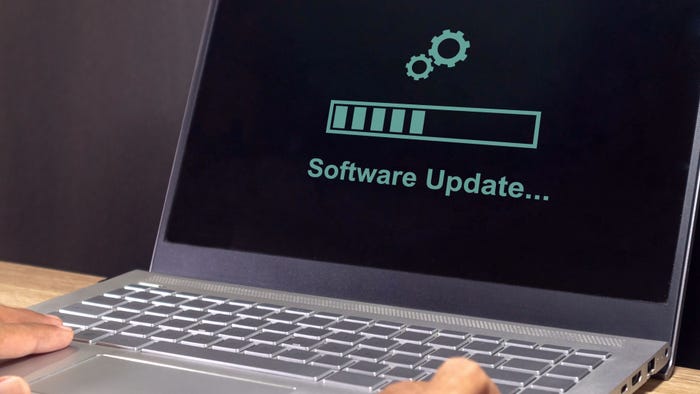White Hat Hacker Cracks ZeroAccess Rootkit
Analysis may help security firms develop better botnet defenses.


How Firesheep Can Hijack Web Sessions
(click image for larger view)
Slideshow: How Firesheep Can Hijack Web Sessions
What's the best way to stop a botnet? Try taking it apart to see how it works.
At least, that's been the approach undertaken by malware expert Giuseppe Bonfa at InfoSec Institute, an information security services company. He reverse-engineered the ZeroAccess rootkit -- also known as Smiscer or Max++ -- despite its creators safeguarding it with a number of anti-forensic features.
Currently, "the purpose of this rootkit is to set up a stealthy, undetectable, and un-removable platform to deliver malicious software to victim computers," he said. For example, "ZeroAccess is being currently used to deliver FakeAntivirus crimeware applications that trick users into paying $70 to remove the antivirus." But really, it can deliver any malicious application based on the needs of whoever rents it out.
In the past, security researchers suspected that the malware had come from criminals based in Russia or Ireland, but Bonfa narrowed it to a specific gang in Russia. "Analysis and network forensics supports that ZeroAccess is being hosted and originates from the Ecatel Network, which is controlled by the cybercrime syndicate RBN (Russian Business Network)."
According to Symantec, more than 250,000 computers have been infected by the rootkit, which suggests that the gang continues to earn substantial income from the malware. If just 30% of infected users paid the $70 fee required to remove the fake antivirus crimeware, then the criminals involved would have netted $5.3 million.
Bonfa's analysis offers insights into how rootkits work, as well as clues for security companies seeking better ways to stop them. Unfortunately, they'll have their work cut out for them.
That's because ZeroAccess includes hooks into the Windows operating system designed to make it difficult to uninstall without damaging the operating system itself. Once a computer becomes infected with ZeroAccess, the malware pursues a variety of other techniques to stay functional and undetected. For starters, it can use low-level API calls to create new disk volumes for itself, without a user ever seeing suspicious activity. In addition, it can alter system drivers "to allow for kernel-mode delivery of malicious code," said Bonja.
Furthermore, he said, the malware uses low-level disk and file system calls aimed at defeating "popular disk and in-memory forensics tools," and includes defenses against antivirus software detection.
In short, it demonstrates the crimeware state of the art. Next move, antivirus firms.
About the Author
You May Also Like



_Daniren_Alamy.jpg?width=700&auto=webp&quality=80&disable=upscale)
